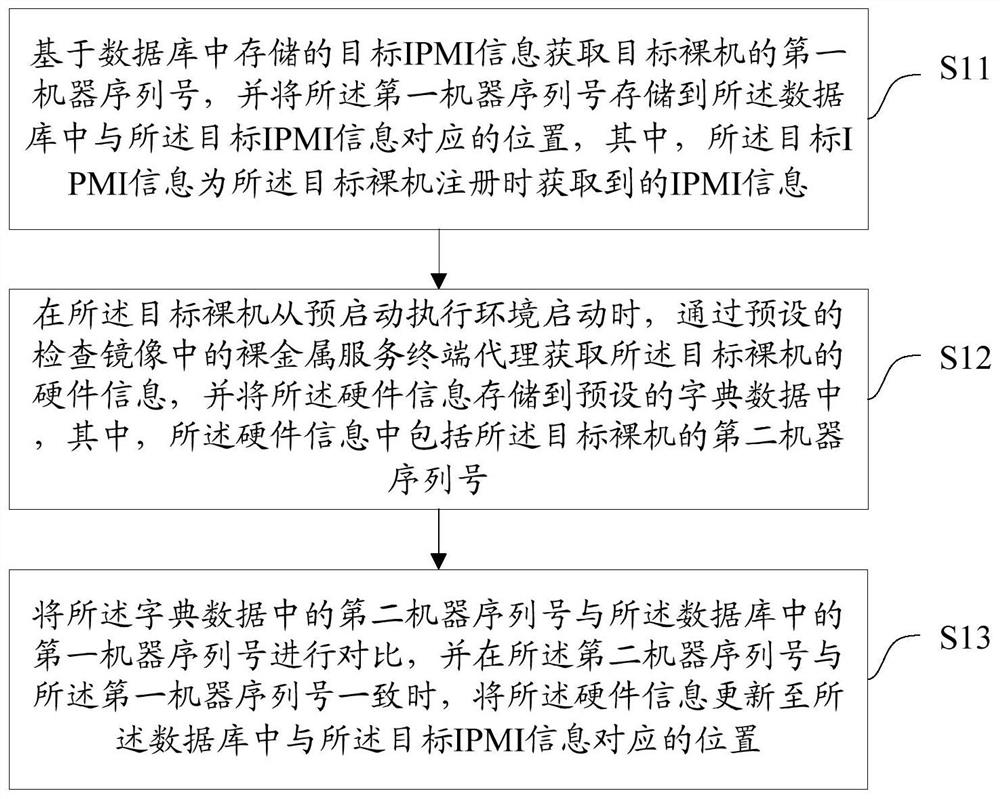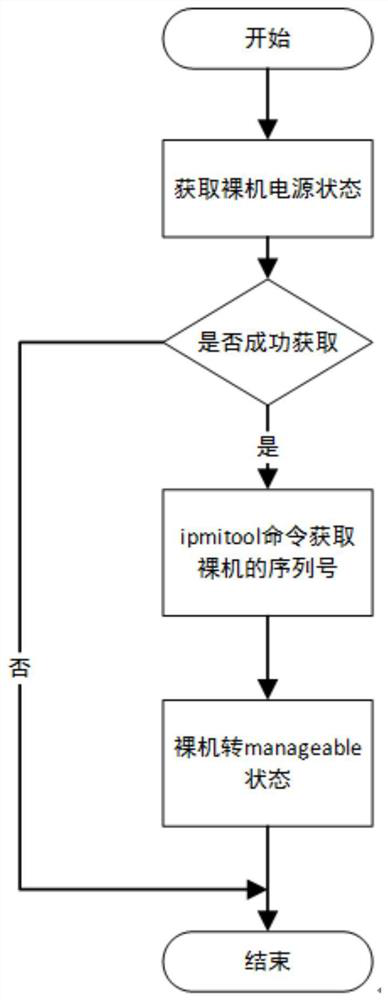Bare machine authentication method and device, equipment and medium
An authentication method and bare-metal technology, applied in the computer field, can solve problems such as failure of bare-metal inspection and reduction of authentication success rate
- Summary
- Abstract
- Description
- Claims
- Application Information
AI Technical Summary
Problems solved by technology
Method used
Image
Examples
Embodiment Construction
[0042]The following will clearly and completely describe the technical solutions in the embodiments of the application with reference to the drawings in the embodiments of the application. Apparently, the described embodiments are only some of the embodiments of the application, not all of them. Based on the embodiments in this application, all other embodiments obtained by persons of ordinary skill in the art without making creative efforts belong to the scope of protection of this application.
[0043] At present, in the process of Ironic service managing the bare metal, it is necessary to obtain the hardware information such as the BMC (Baseboard Management Controller, baseboard management controller) address of the bare metal by checking the image in the pre-boot execution environment, and the obtained BMC address and The BMC address entered by the user during bare metal registration is compared to verify the bare metal. However, due to the hardware capability of the bare m...
PUM
 Login to View More
Login to View More Abstract
Description
Claims
Application Information
 Login to View More
Login to View More - R&D
- Intellectual Property
- Life Sciences
- Materials
- Tech Scout
- Unparalleled Data Quality
- Higher Quality Content
- 60% Fewer Hallucinations
Browse by: Latest US Patents, China's latest patents, Technical Efficacy Thesaurus, Application Domain, Technology Topic, Popular Technical Reports.
© 2025 PatSnap. All rights reserved.Legal|Privacy policy|Modern Slavery Act Transparency Statement|Sitemap|About US| Contact US: help@patsnap.com



